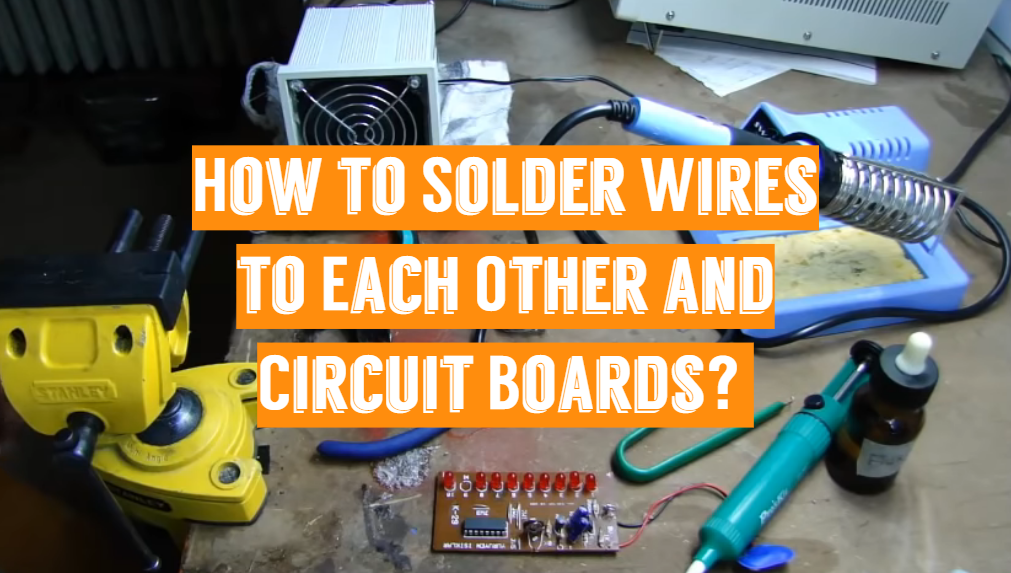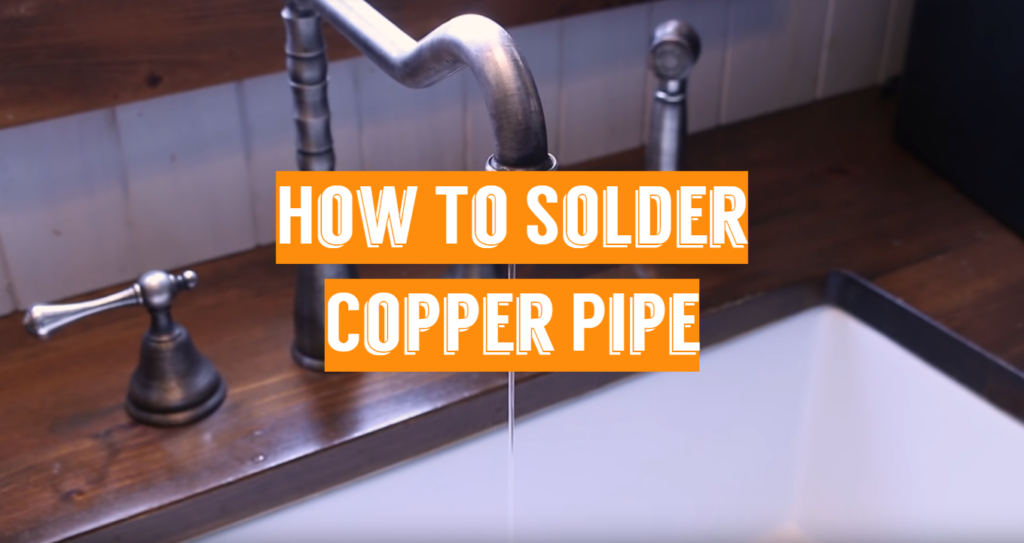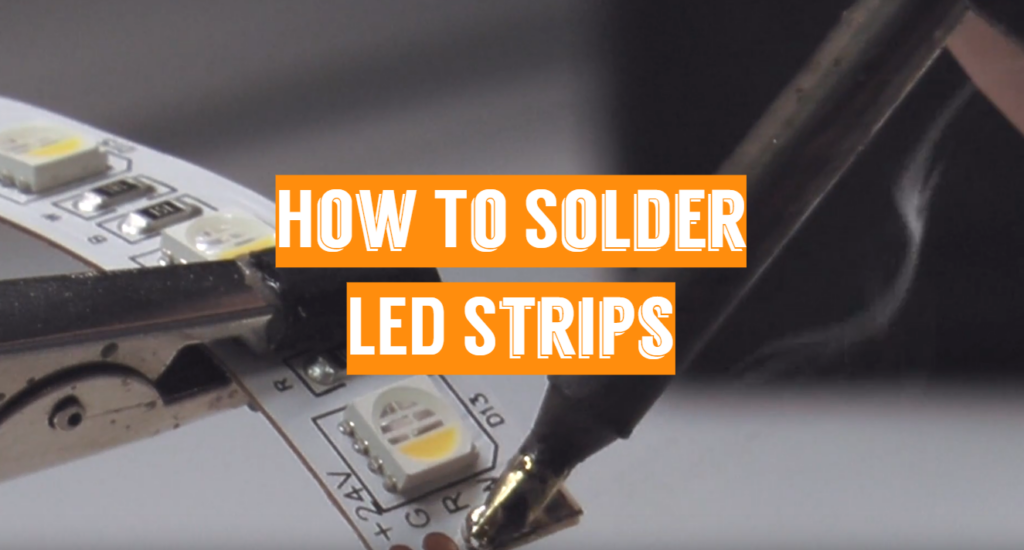Do you want to know how to solder wires to a circuit board? Or how to solder two wires? The following article will give direct guidelines for those who don’t know how to solder wires.
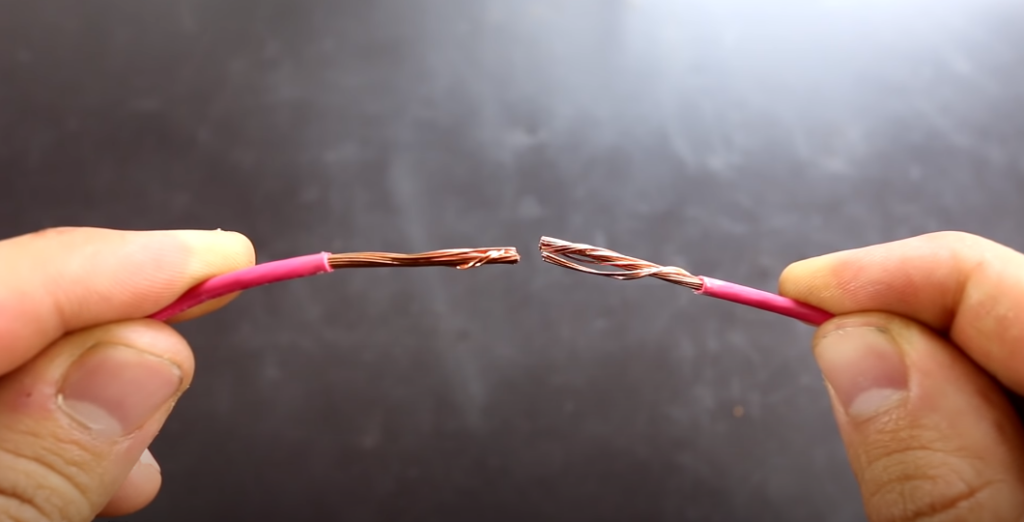
As you know, soldering is a process of combining two metallic or copper parts by the process of melting solder. Bonding them together delivers a permanent electrical connection. Wires are the most popular objects for soldering.
Different types of wires that you can solder
A wire is an electrical piece that consists of 2 or more metal strands coated with a winding of some non-metallic origin. Such a wire serves for transporting the energy from a power source to gadgets and devices.
Any electric wire consists of 2 parts. The first one is the current-conducting part. The second part is the isolation that protects the core from external factors. As a core, copper and aluminum metals are used for wires. The insulation is made of paper, rubber, and varnish.
There is a certain classification of wires:
- wires for winding;
- copper wires;
- high resistance wires;
- mounting connectors;
- insulated for overhead lines;
- uninsulated;
- heat resistant wires;
- wires for cars;
- wires for aviation;
- wires for installation;
How to choose materials and tools for soldering wires?
Soldering wires simply won’t happen with a proper flux. This product is required to clean the surface of oxidized metal. There are such types of fluxes:
- Rosin;
- Water-soluble;
- Fluxes for brazing;
- Fluxes for soldering;
- Fluxes for welding;
Also, you will need a solder – an alloy of tin and lead.
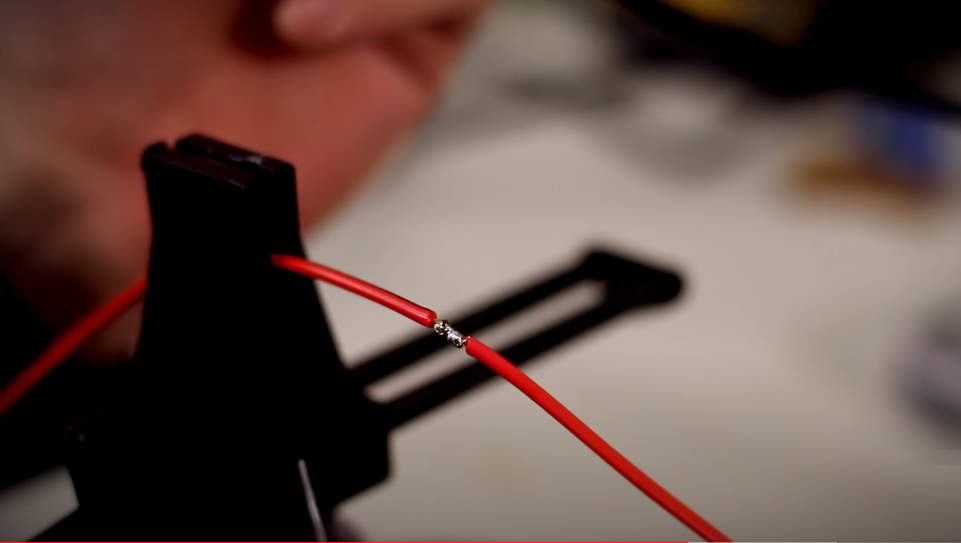
Keep in mind that most metals are not good for soldering wires. These metals are:
- rusty metal (it does not connect well when soldering, while a wire with such a core is likely to burn out quickly);
- aluminum (after completing the wire stripping process, the so-called oxide film may build on it). This problem is typical for aluminum: when melting this metal, an oxide film is formed in almost 100% of cases. This film can be removed chemically or mechanically, which will be selected based on the method of soldering. To avoid the formation of this film, use a flux manufactured specifically for brazing aluminum.
The list of good metals for soldering wires: tin, silver, copper, brass, zinc, nickel, iron, stainless steel.
Besides solder and flux, you ought to prepare such things:
- Workplace (clean, spacious table, metal sheets or wooden boards);
- Soldering iron (the tip should be clean and tinned, without the residue of the previously used flux);
- A rag or sponge to clean the iron’s tip;
When soldering wires, follow a few simple rules:
- You need to work in a well-lit room with a table lamp that works from external power sources;
- It is only necessary to work with wires without voltage;
Things to do before and after soldering wires:
- First, you need to prepare a soldering iron. It is necessary to warm up the tool, then treat it with flux, and then gently melt a small amount of solder;
- Clean the spot of the wire from insulation and mechanical impurities;
- The desoldering process is not very different from the process of soldering two wires;
- The first thing to do is to tear down the wires. When tinning stranded wires, you need to twist them first, then the process will go much faster;
- For tinning wires, it is necessary to take a bare core, put it on the rosin flux, or treat it with another flux. It is necessary to gently douse it on top with solder;
- Fix the wires – sometimes special machines are used for this purpose. If you incorrectly fixed the wires, the soldering process may not end in the best way;
- Connection of two wires with a soldering iron – at this stage you join 2 pre-treated wires and pour them with solder. Melt a bit of solder with the heated part of the soldering iron and then carefully apply it to the connection of two cores of wires;
- After the successful soldering process, it is necessary to clean the junction of the wires. Do this purpose with sandpaper. This is a very important process because of oxidation – otherwise, the wires can burn out;
- Insulation winding – most often for this purpose an adhesive tape is used, it is the universal option;
How to solder a wire to another wire?
You just need to bring one tinned part of one wire with a tinned part of another. Then a red-hot soldering iron tip should be brought to the place of their contact (covered with solder). The solder should cover the tinned parts of the soldered wires completely. Flux can help as well.
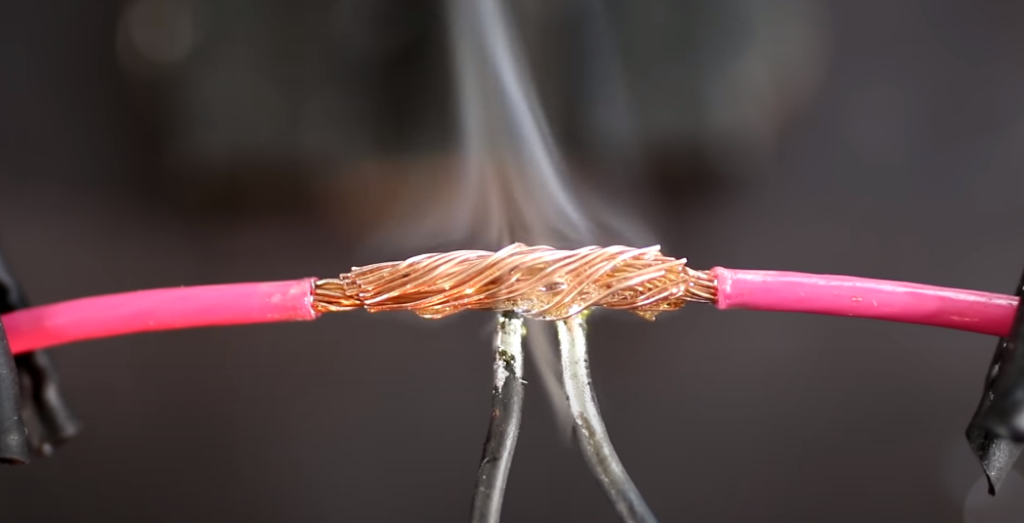
Try to avoid any unnecessary moves to make the soldering iron steady in your hand. You can also slightly blow to the place where the molten solder is located until it turns dark – the proof that the solder hardens properly.
How to solder wires to a circuit board?
It is one of the most common questions among inexperienced users of soldering irons. At first, prepare the things and tools you will need to solder wires to a circuit board:
- soldering iron;
- wires;
- soldering paste (paste flux) or liquid flux;
- damp sponge;
- a circuit board (PCB boards manufactured by a professional PCB fab house);
- desoldering pump or wick for removing solder;
Place the iron’s tip on the pad – to make sure both the lead and the pad of the circuit board are heating. Heat for a second. Then apply solder. Remove the iron and solder wire. Inspect the solder joint. This is brief guidance. Below you will find the step-by-step guide for soldering wires to a circuit board:
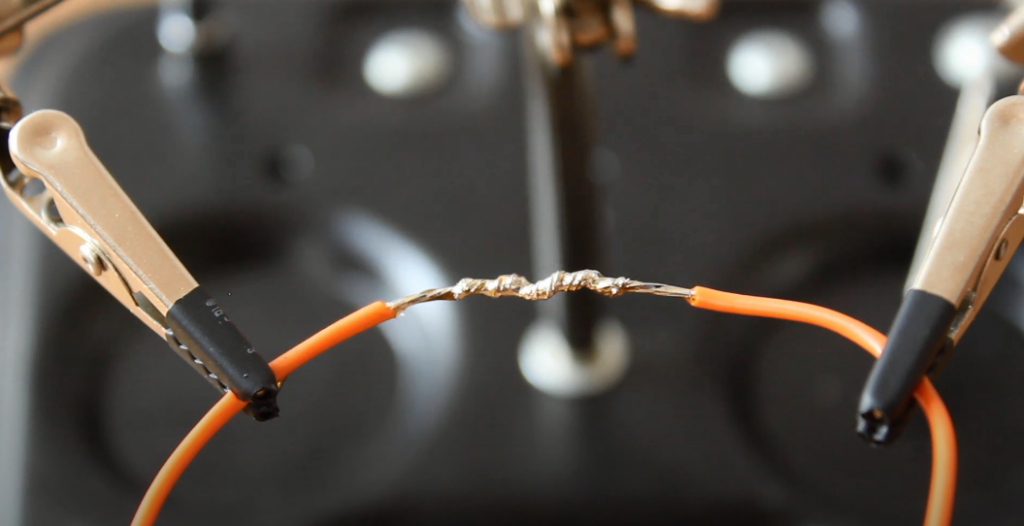
1) Heat a soldering iron to the correct temperature – for cables the temperature must be 700 – 715°F. For smaller parts – 610 – 625° F. But this range depends on the type of the chosen solder. Silver solder requires even higher temperatures.
2) Use a soldering sponge to clean the iron’s tip. Dipping it in a soldering paste for 1 second may help if the tip is very clean.
3) Check the parts – they must be free from dirt. Apply some liquid flux to the part that you need to join. Contact the iron’s tip for 1 second before feeding solder.
4) After finishing, remove solder wire, then remove a soldering wire. The joint must be clean and covered with enough solder.
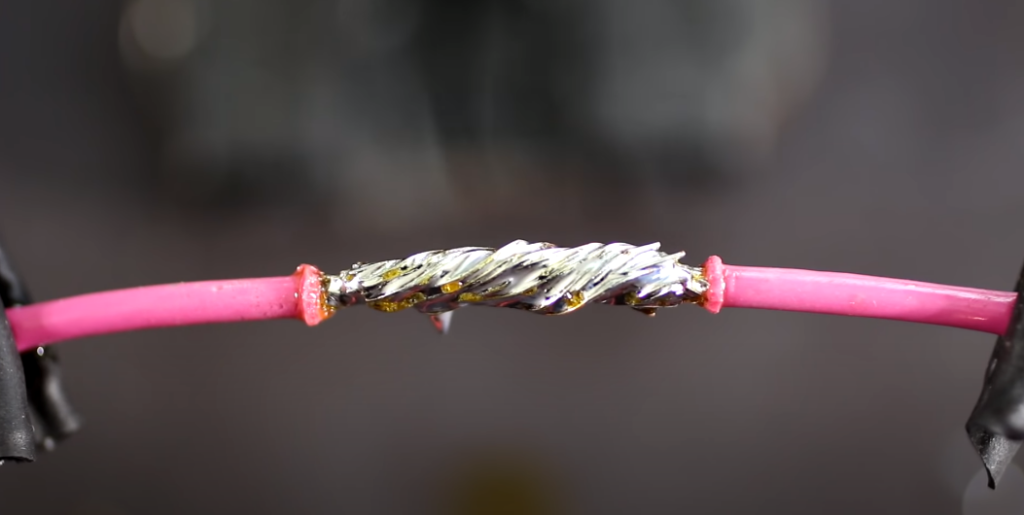
Soldering wires: expert tips
- Use protective clothing and gear. When working with a soldering iron, it is better to wear special clothing, such as gloves, a special apron, and glasses. This will help to avoid burns and injuries during work. In addition, it is sometimes required to use a mask to avoid the entry of toxic fumes into the airways;
- Do not leave the soldering iron dry when it is heated. It is always necessary to moisten the soldering iron with flux to avoid oxidation;
- It is better to choose a soldering iron with a replaceable tip;
- It is better to use different temperatures for different types of solders. So you can make the joint to last longer;
- Use table lamps and flashlights with external power sources. This will help you continue the work in the case of a power outage;
Final thoughts
Soldering wires does not seem difficult. Even a completely inexperienced user will be able to perform this procedure without any serious challenges. It is not such an easy process, but the same can be said about the tinning the soldering iron tip and wires. Just follow the expert guidelines and be careful when working a soldering iron.

